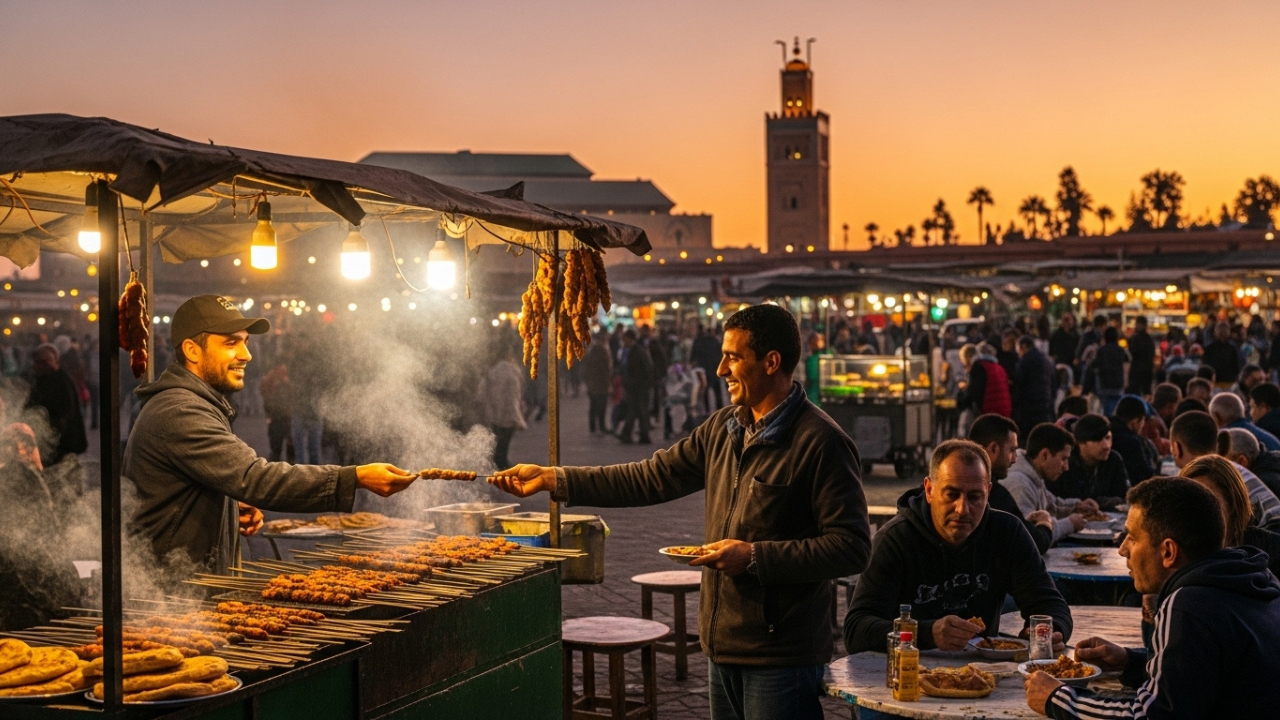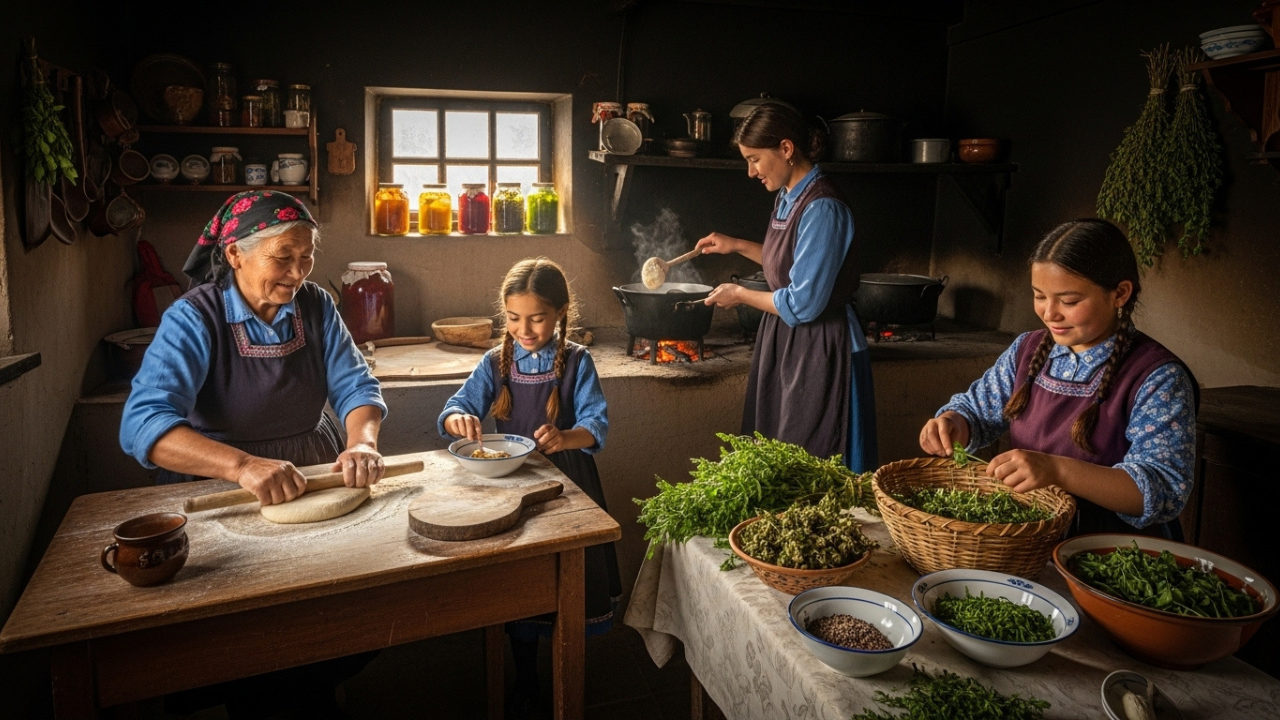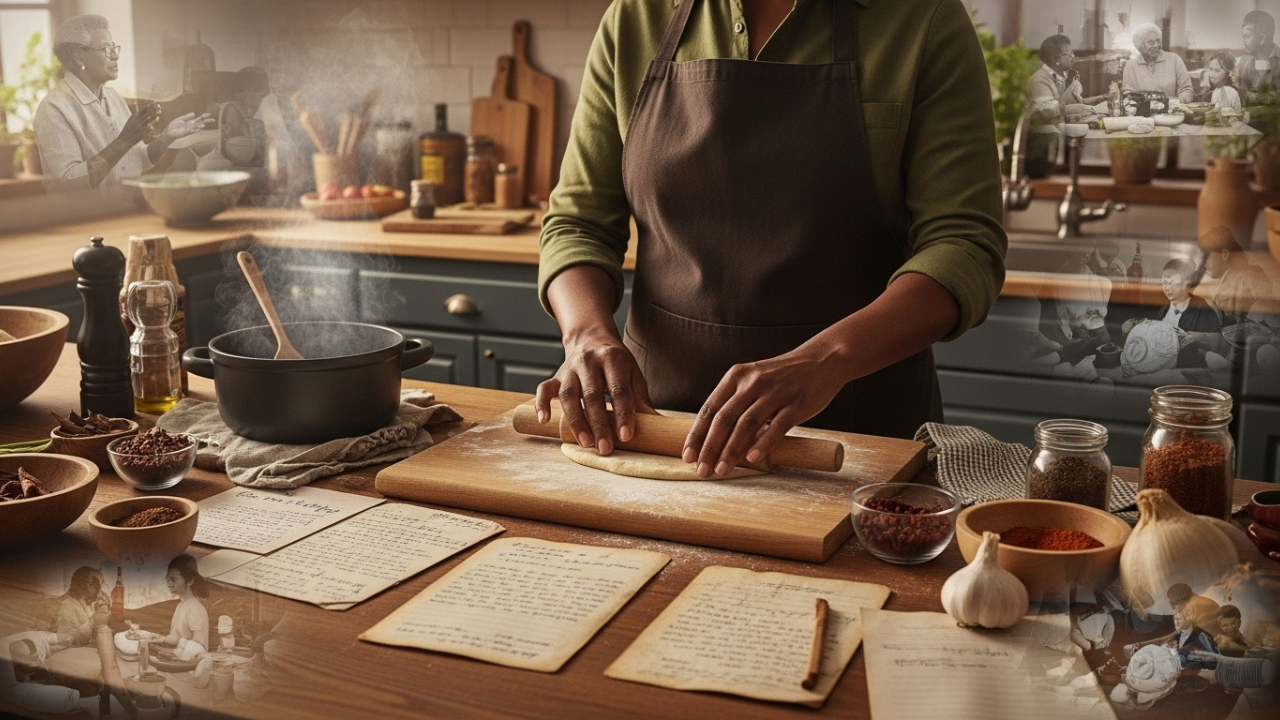Pasta, like a plate of spaghetti, is synonymous with Italy, carving its identity with every bite. It serves far more than just a plate of food, seeing as it ties together the country’s present with its past.
Join me as I divulge the process in which a single dish evolved into a symbol of an entire nation.
Key Takeaways
- The journey of Italy and pasta starts here. The embrace of the dish by Italians is what cemented its identity as an Italian staple.
- Every part of Italy added their personal touch while retaining a sense of unity within the dish.
- No matter where Italians moved internationally, pasta remained an integral part of their cultural identity.
- Today, if a dish serves a purpose of reuniting families, and evokes nostalgia, it surely is pasta.
- Simplicity, tradition, pride; all in unison on a single plate of pasta.
Tracing The Origins, Not Just The Taste
Believe it or not, the origins of pasta lie outside of Italy, more precisely in China and the Arabic world. Seeing as they had invented thin noodle-like food prior to pasta integrating into the Mediterranean’s food list.
These foods arrived at the shores of Italy via trade routes. Italians didn’t just take what was handed to them; they molded it to make something that was uniquely theirs.
Italians were not focused on putting a stamp on a symbol. They just tried to make something wholesome for their people. Little did they know that as they rolled kneaded dough on wooden boards, something entirely different was going to form.
The Middle Ages Gave It Structure
People from medieval Italy struggled with storing food. Fresh bread along with meats and vegetables had a tendency to spoil really fast. This is where pasta became the answer to those problems.
Pasta’s ability to being dried made it perfect for long travels, sea voyages, or just during hard times. Along with providing nutrition during wars and trade, it also suited the needs during long ship voyages.
While it might not have been fancy, it sure was dependable. The villages situated in Sicily, Genoa, and Naples started treating the pasta as something more than just food meant for survival. This developed into a habit which turned into an identity over time.
When a habitual action carried out by multiple people becomes common practiced for generation after generation, it transforms from just food into culture.
Every Region Made It Their Own
Italy is not strives to be a single style of culture. There is a blend of micro-cultures, accents, local customs, among a plethera of thangs. That is also seen in their food. For instance, pici and orecchiette which are two kinds of pasta from Tuscany and Puglia respectively, or the Emilian hand-made tagliatelle and Sicilian baked ravioli casseroles.
The people who prepare these dishes are extremely varied, yet they all come together culturally. What didn’t bring them together were the garnishes or the variety of noodles.
What made every region become one is the habit of preparing food. Everything had to be made without the help of machines, one at a time. You were not required to have anything sophisticated, simple things like flour, and water with an egg if you were exceptionally lucky.
Even as far back as the 1600s, pasta noodles and sauces were entwined with homes. Kids would get accustomed to it.
Grandparents instructed on rolling and kneading. Throughout the country, spaghetti and its distinct forms served as symbols of cultural diversity yet helped with unity. There was an adaptation of it in every region, and they were all equally Italian.
Naples Made It Public
When it comes to a city shoving pasta to the limelight, Naples takes the prize. It was once the very heart of street food before pizza took off – And it still was a hub for middle class people during the reign of pasta. Vendors would boil noodles and serve them on the streets. It’s as if fast food existed before the term was coined. It wasn’t just the poor eating it. Pasta cut across class lines. The working class found it budget friendly, while the rich fancied embellishing it with sauces, meats, and spices.
Along with hords of tourists, merchants and pasters also flooded the city. For them, pasta was not merely a means of nutrition. It was religion, for someone to enjoy with their eyes first and then eat. Visitors often described these culinary spectacles in their writings and journals. Sketches and photographs with labels ‘spaghetti eaters’ started circulating in Europe. That’s when the world figured out something diabolical, Italy didn’t simply make pasta they… well, lived the art forming it.
Italy wasn’t just making pasta. It was living it.
Machines Changed the Game
Innovation was the force behind the rise of pasta in Italy, not just tradition. In the 19th century, the integration of machines into Italy’s small stores made it easier to produce and sell noodles. This shift did not kill tradition; in fact, it enhanced it. More families were able to buy pasta, and more shops were able to stock their shelves with it. It went from being a kitchen staple in villages to being sold in urban supermarkets. While it was no longer uncommon, it was still loved cultitively.
Farms were selling spaghetti, penne, and macaroni far beyond Italy. The love of pasta was unchanged, even if the tools used to make it shifted. Families continued to boil the pasta, adding their own unique family sauces, and gathering around the table to enjoy the meal together.
The joy of sharing a meal is immeasurable, and so are the stories that come with it.
The Role Of Unification
Italy became a unified country in the 1860s, but people still held onto their local customs. The north and south spoke different dialects and lived different lives. But pasta didn’t belong to just one region. It crossed borders without crossing oceans. That made it useful. It helped Italy shape a shared image of the country.
While political leaders worked on forming a national identity, food quietly helped do the job. You could be from the mountains of Piedmont or the shores of Calabria: if you boiled pasta and added tomato sauce, you were still eating like an Italian.
And when something unites people better than a flag or anthem, it becomes a symbol.
Italian Families Took It Abroad
By the late 1800s and early 1900s, millions of Italians left for the US, Argentina, and Australia to seek jobs and better living conditions. What started as bringing small personal belongings transformation into large scale emigration. From the moment they left the house till their destination, pasta was always a staple.
Across the globe, from Brooklyn to Buenos Aires, the immigrant’s kitchen served as a time capsule. It helped them remember the past as they assimilated into a new culture. A plate of gnocchi was never just food, it represented the emotions of family—warmth, love, and comfort. It served as a reminder of home and what it felt like.
With the Italian immigrants, pasta traveled with them wherever they went. Even in stride, Italian cuisine was a way for them to reconnect with home. Today, it is reason as to why so many still associate Italian cuisine with comfort food.
The World Took Notice
The moment polished and refined pasta made its way to America, it surged to prominence alongside Italian-American cuisines like spaghetti and meatballs and baked ziti, which started showing up in Italian restaurants and homes. Sure, there were some distinct differences from the dishes offered in Rome or Naples, but the flavor profile remained unchanged.
Chefs, filmmakers, musicians and many more began to further Italian cuisine when pasta made its way into American culture. The world truly started to notice it. France has always adored Italian culture, but this newfound attention blew their minds. Wouldn’t you want the world to appreciate your refined culture? The Italians didn’t mind it one bit. Songs mentioning Sunday dinners with sauce became a common part of American pop culture.
With the help of Hollywood, Italian cuisine got the recognition it deserved. For ages, Italy has had a rich and fascinating culture, so the fact that the world was falling in love with it was a blessing.
The Daily Life Of Pasta In Italy Today
It’s rare today to come across an Italian family that doesn’t enjoy pasta multiple times a week. Regardless of current culinary fads and international ingredients, pasta is still a household favorite. Children dig into a bowl of fusilli with pesto after school, while professionals indulge in a simple bowl of spaghetti aglio e olio during lunch. Pasta is omnipresent and therefor acts as a reminder.
It’s fundamental in birthday parties, serves as a centerpiece in family gatherings, or even in quiet dinners at home. No one celebrates with pasta. It doesn’t need the pomp.
And if you visit any Italian grocery store, you’ll find whole aisles dedicated to it—proof that it’s still a central part of life.
Why Pasta Means More Than Food
Allow me to clarify something for you, my friend: what put pasta on the pedestal of culinary fame is certainly not its taste alone. It has played many roles in history; It nourished the hungry, cohesively integrated the diverse, and accompanied people throughout wars, calm dinners, and holidays. It may have evolved, but it never lost its essence.
Unlike foods that came and went, pasta remained close to the heart, and that’s why it’s the forerunner of comfort food. And those hearts, just like us, do not lie. So when someone comes across pasta, they instantly associate it with Italy, even if they have never visited the place.
And this, probably, is the hidden reason. Not in the dough, but in the memories it possesses. Through the years, polish symbol is reached not by design, but rebirths meal by meal, layer by layer.


























Leave a Reply